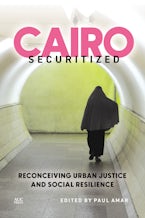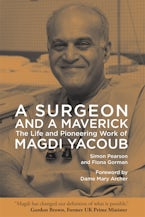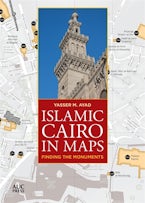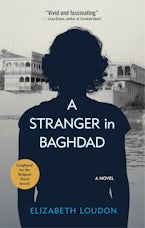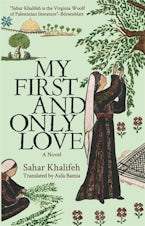Home
Blog
April’s New Release for Arab American Heritage Month
Hoopoe is thrilled to publish The Jinn Daughter in April, during Arab American Heritage Month. Aligning perfectly with Arab American Heritage Month, this occasion offers an ideal opportunity to spotlight Arab American…
Read MoreAUC Press Authors at AUC Tahrir CultureFest
Meet AUC Press authors at the AUC Tahrir 2024 CultureFest. AUC Press and Bookstores are proud to be partners in the first edition of the AUC Tahrir CultureFest, organized by…
Read MoreReem Bassiouney Wins the 2024 Sheikh Zayed Book Award
Egyptian writer Reem Bassiouney, the author of Mortal Designs (AUC Press, 2016), was awarded the 2024 Sheikh Zayed Book Award in the Literature category.
Read MoreBooks about Cairo















